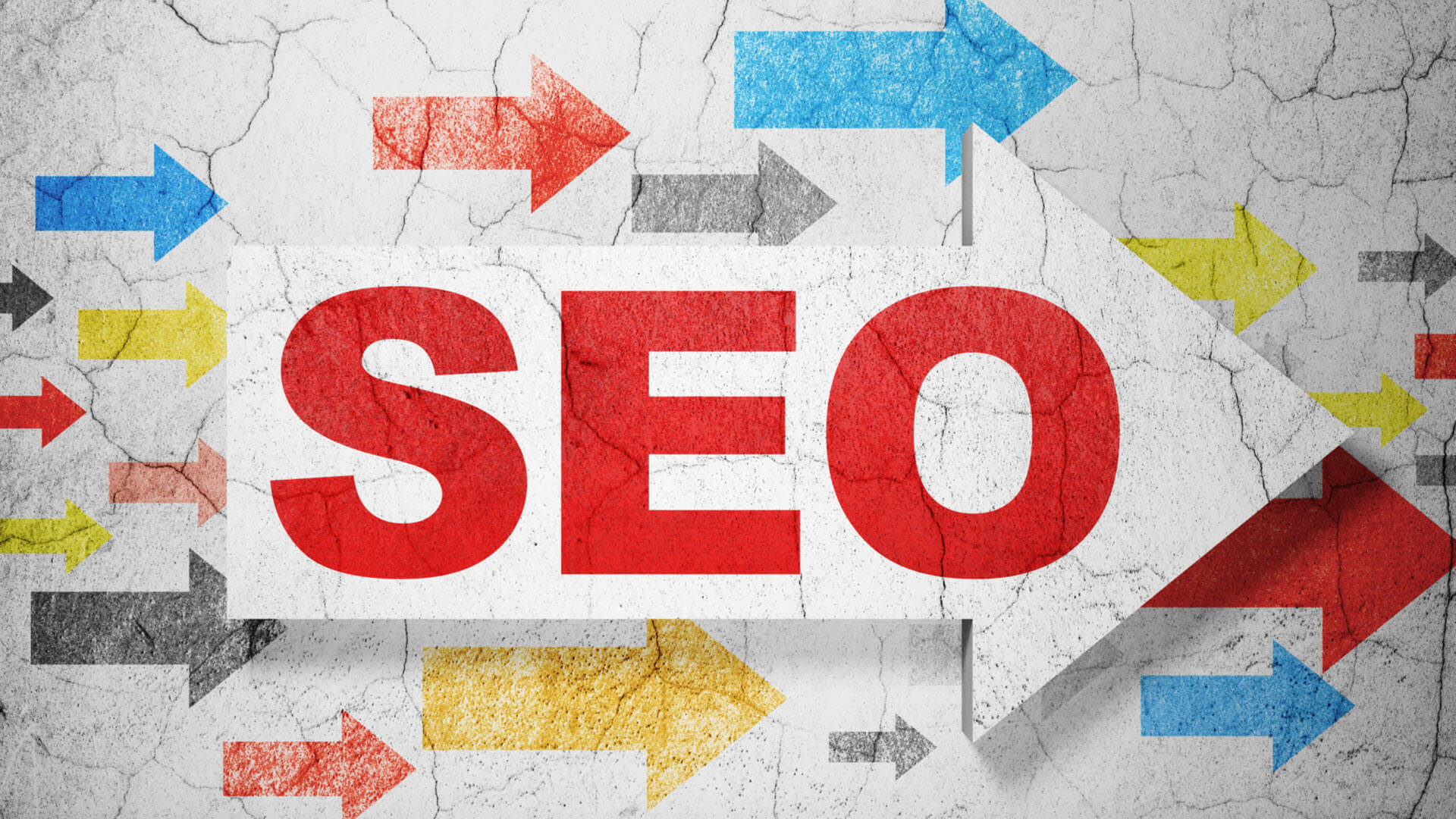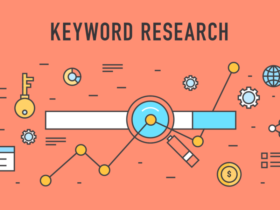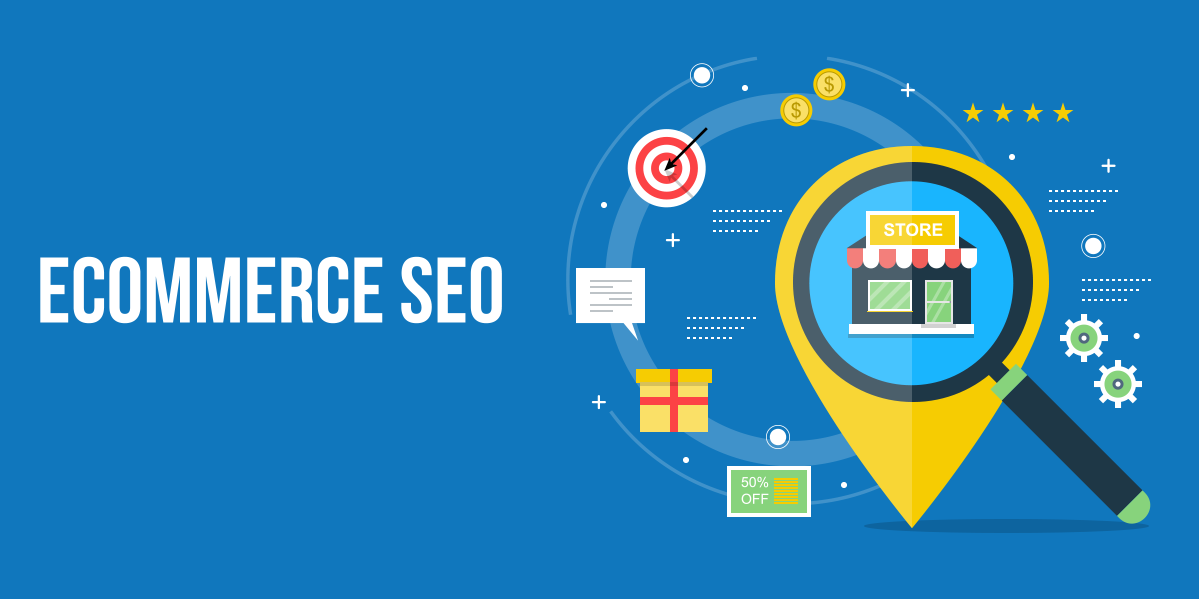You’ve built your eCommerce store and couldn’t be more excited. You have visions of merchandise flying off the digital cabinets. One trouble: how do you get human beings to visit your website?
You should put money into paid marketing. However, that adds up short. You ought to post regularly on social media. However, Facebook makes it harder for companies to benefit from any traction without buying it. The solution? Search Engine Optimization (search engine optimization). By optimizing your eCommerce site for search, you could appeal to substantial organic traffic, resulting in higher income. This put-up will give you seven established search engine optimization methods for eCommerce product pages.

Let’s dive in.
This is certainly essential. Because humans are giving you personal statistics via your website (credit card #, cope with, etc.), you need to use HTTPS throughout your entire website. Not most effective is this vital for defensive the records of your customers. However, it additionally matters loads to Google in phrases of page rankings. Numerous studies have proven a correlation between websites that enforce HTTPS and being on the primary web page of Google. If you want your eCommerce product pages to rank, use the HTTPS protocol.
For a while now, Google has been stating that page velocity is crucial to a page’s ranking. This makes me feel intuitive. Google is in the business of serving up the best possible outcomes, and they don’t want to provide their customers with slow, clunky pages.
The longer it takes your product pages to load, the extra percentages that someone will quickly leap from it. As Google themselves lately cited:
[We] found that as page load time goes from one 2nd to seven seconds, a cell website traveler’s opportunity to bounce increases by 113%. Similarly, because the wide variety of factors—text, titles, photographs—on a web page goes from four hundred to six 000, the chance of conversion drops 95%
In different phrases, ensure your product pages load quickly.
Optimizing all snapshots is one of the best ways to improve the velocity of your product pages. There are several simple approaches to optimizing your pictures to load fast.
Upload smaller picture sizes.
Utilize a WordPress optimizing plugin together with ShortPixel (if you’re using WordPress or WooCommerce)
Use JPEG documents over PNG or GIF documents
Make your thumbnail sizes as small as feasible while nevertheless preserving first-class
Beware of pictures that only enhance a page and aren’t product-related
Use a content material transport network (CDN). Another mistake that eCommerce sites make is poor site structure, which is not within the on-page content. For instance, an average WordPress theme is not always adaptable & adjustable for eCommerce reasons without problems. To create these themes eCommerce-ready, you need to look under the hood and tweak the theme settings. They can create a custom WordPress theme design, particularly for your products, and SEO traits build accurately into the site’s technical structure.











